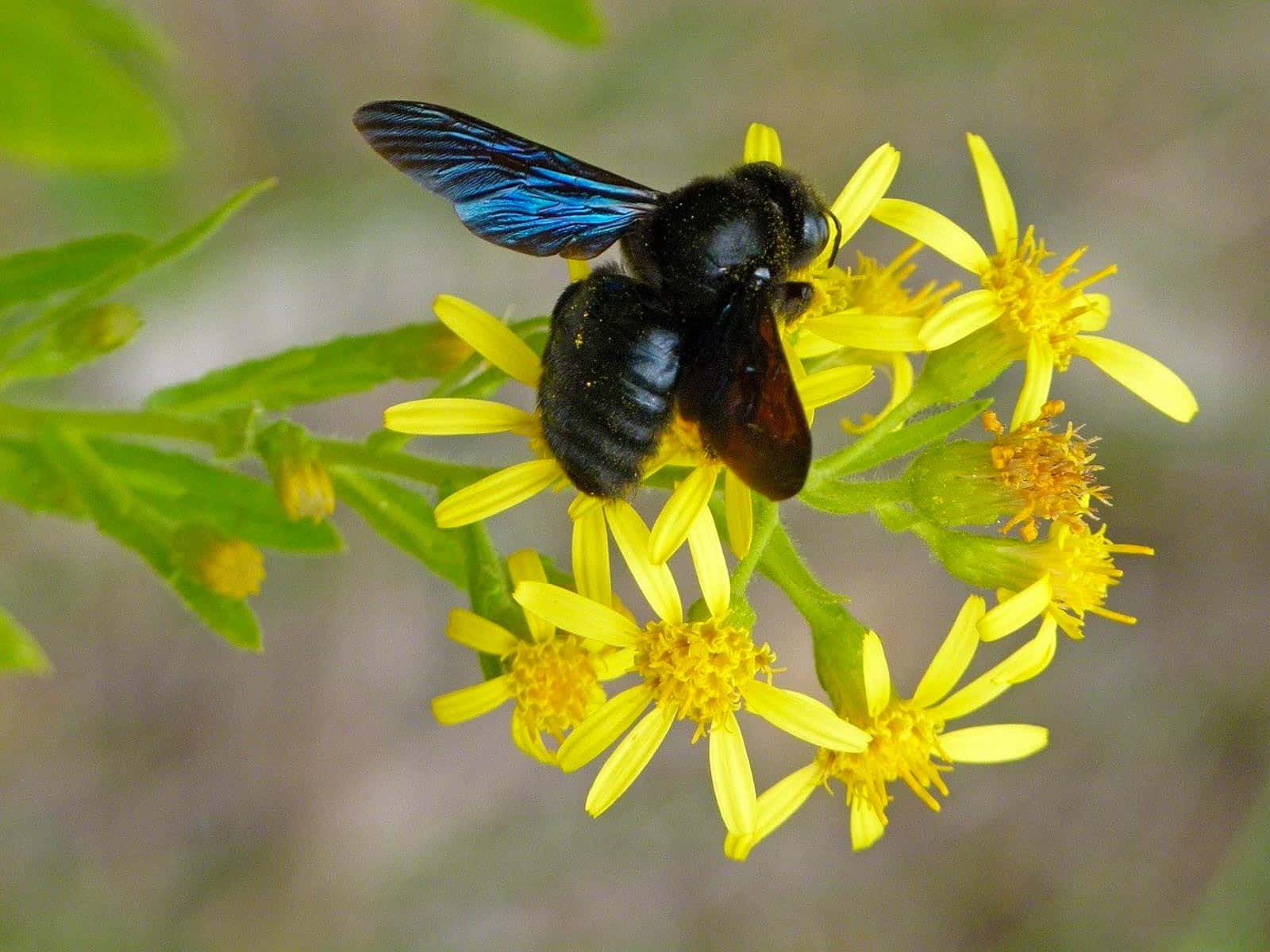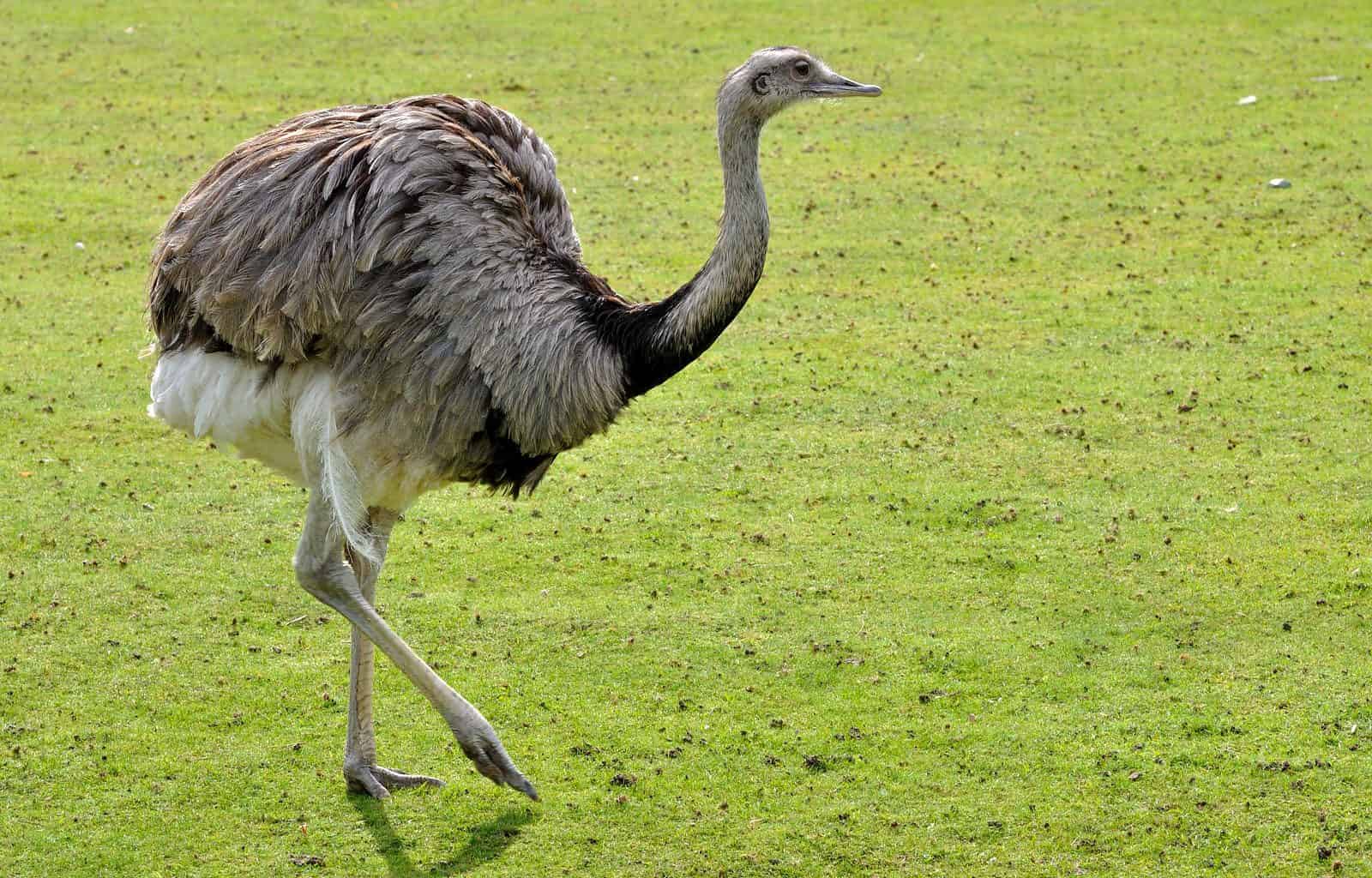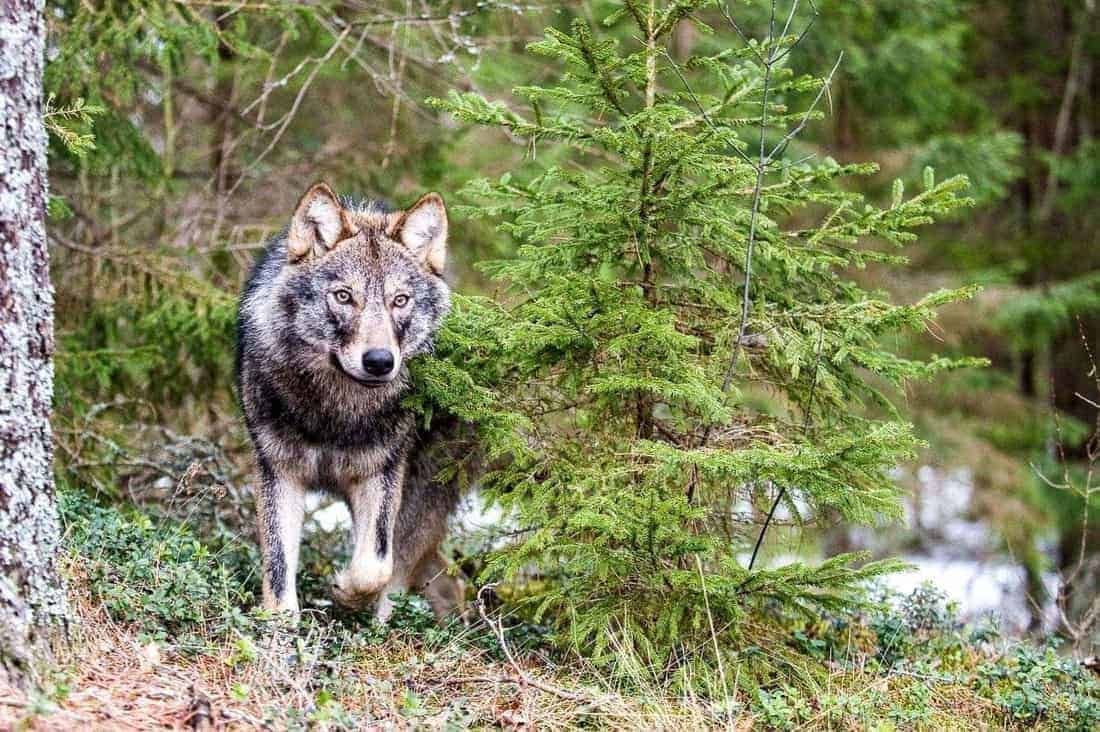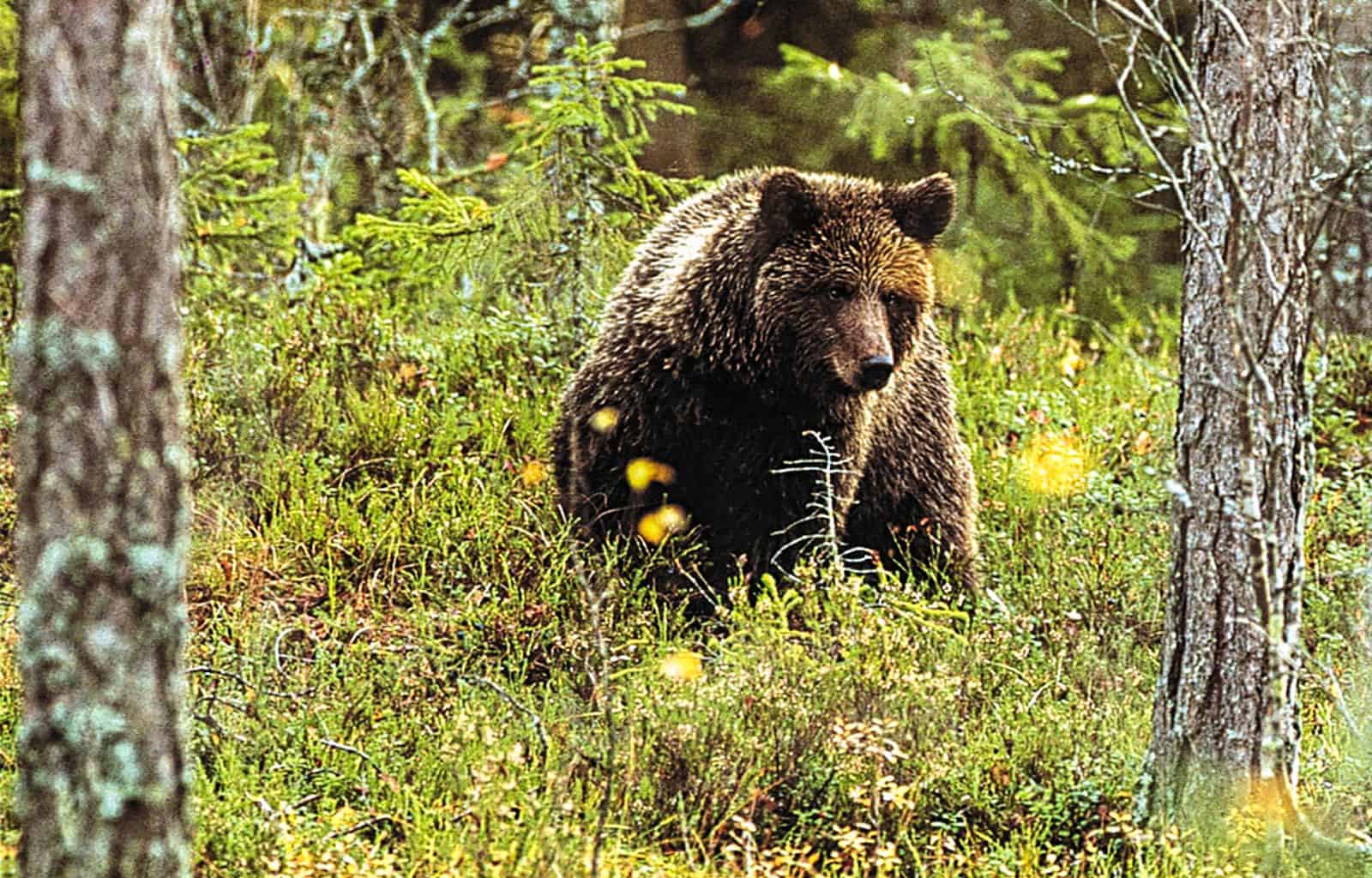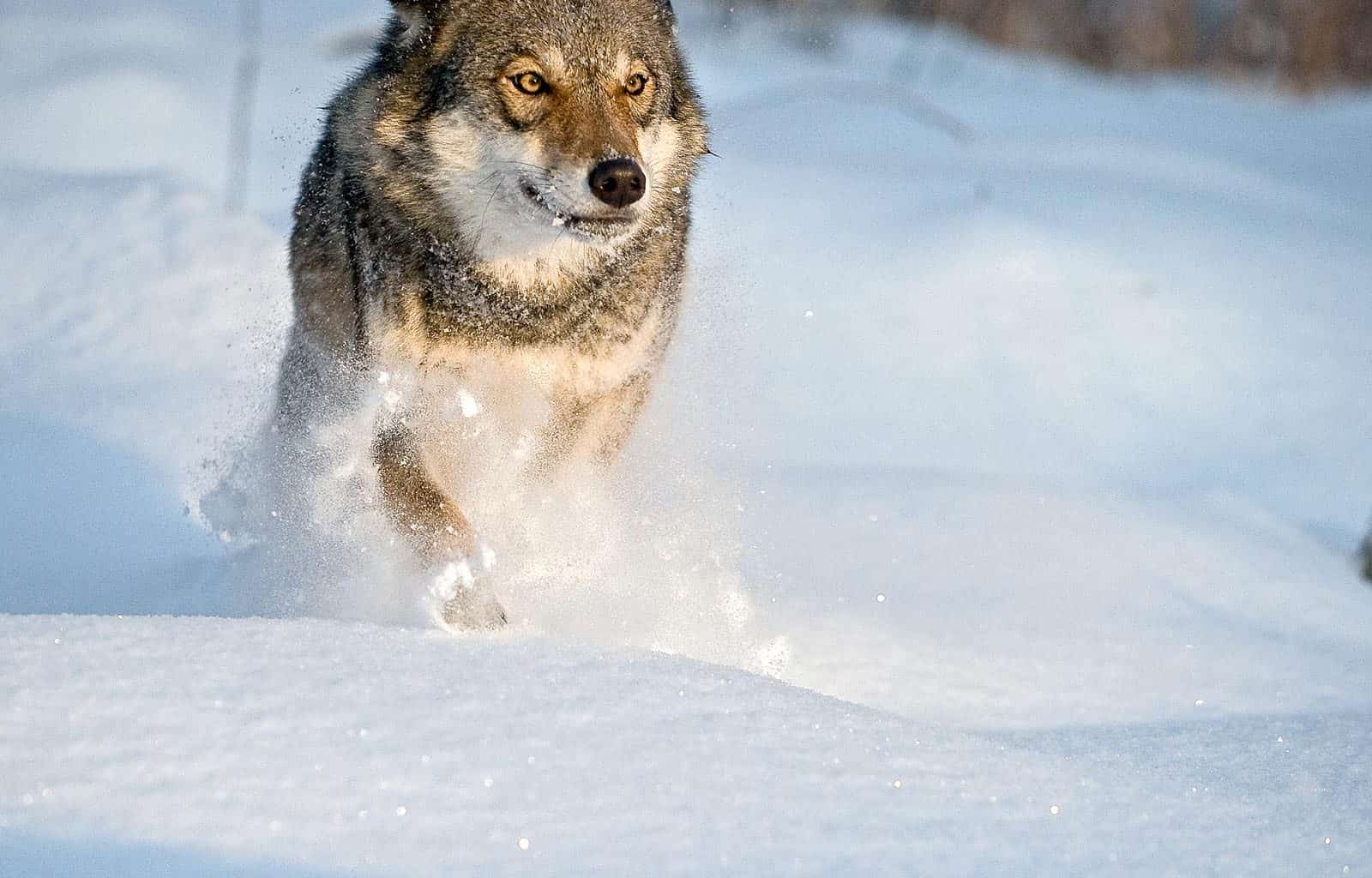Natural enemies are farmers’ friends
The rise of monocultures and shifting climate patterns has led to more pest outbreaks on our crops. These pose a risk to farmers’ livelihoods as well as global food supply. With increasing resistance to conventional forms of pest control, biological control through creatures which are “natural enemies” to harmful species presents an effective and environmentally-friendly alternative.
The problem with pesticides
The use of chemicals to control pest outbreaks often allows higher crop yields, which is important due to global population growth and rising demand for food. If used in moderation, pesticides can sometimes be a cheap and efficient agricultural tool. However, many of the chemicals currently in use are harmful for humans and the environment. As insecticides generally target insect nervous systems, they also kill benign species. They can persist in the soil for decades and leak into groundwater, destroying local ecosystems. Potent chemicals such as DDT, which is still widespread in many parts of the world despite its infamy, build up in the food chain and negatively affect other animals, including us (DDT is a likely carcinogen). Even pyrethroid insecticides, which are biodegradable and harmless to humans, are highly toxic to bees and have caused widespread pollinator declines. However, government action on limiting environmentally damaging pesticides is underwhelming.
Not even considering the environmental damage, chemical control can quickly become ineffective. Let’s say you spray a field containing 1000 bugs with insecticide, and you manage to eliminate 996. The remaining 4 have a mutation that allows them to survive, so they then breed individuals with the same mutation. As insects have short life cycles, their offspring are able to quickly reproduce and create even more resistant insects. Soon you have a field with just as many pests, but this time, they are all immune to the control, so you have to keep changing the type of chemical until they build resistance again and again. Because of this, chemical control is costly – it takes around 10 years and $200 million to develop a new pesticide. Insect resistance is a huge problem – over 500 pest species have immunity to chemical pesticides.
The enemy of my enemy…
Farmers have tried out different types of pest control for years, whether through genetically resistant plants or physical barriers. One effective and increasingly popular method is biological control. This is using species which are “natural enemies” (predators, pathogens etc.) to pests for population control, rather than elimination. The use of insects to control pests existed as far back as Ancient China, but has amped up in recent years as an alternative to conventional pesticides. It is used in integrated pest management (IPM), which combines physical, biological and eventually chemical methods for the cheapest, safest and most effective pest control.
Biological control methods are incredibly diverse, but other insects are most commonly used. Biocontrol dealers breed natural enemies, such as predatory lacewings and ladybirds, and sell them to farmers for distribution on crops. Some of the most widely used natural enemies are parasitoid wasps, which lay their eggs in host species’ bodies. The host is food for the developing larvae and eventually dies as the wasp emerges. This may sound brutal, but it is very effective at reducing pest populations. There are some risks with biological control; using introduced species as natural enemies could lead to them becoming locally invasive themselves. However, there are many advantages. Natural enemies only harm target species, can sustain themselves after release and are usually cost-effective. There is no problem with insect resistance or environmental pollution.
Biological control is the way forward
On top of all the problems with pesticides, warming temperatures due to climate change are allowing pest species to move north as well as extend their activity throughout winter. This is linked to a huge increase in insecticide resistance. The indiscriminate use of chemicals is therefore not a viable long-term option for pest control.
We must remember that pests are not nefariously targeting our food supplies; they are simply drawn to large monocultures. We would be too if we came across an enormous amount of food and our natural habitats were dwindling. Eliminating pest species can’t be the target; it would never work anyway. A balanced approach to pest control, considering local people and environments, is best.

